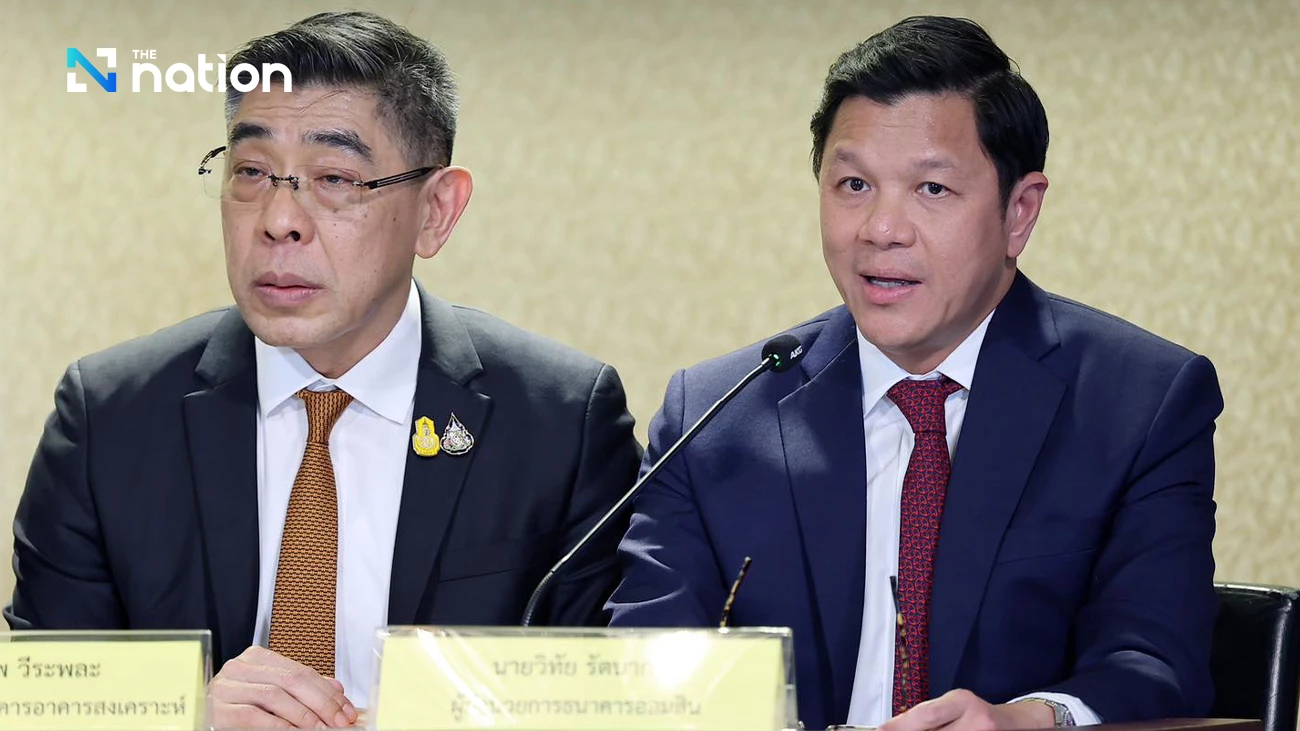NBTC mulls allocation of 800MHz band

THE NATIONAL Broadcasting and Telecommunications Commission (NBTC) been looking into whether it should assign up to 10 megahertz of the 800MHz spectrum for wireless communications for the planned high-speed trains or to the telecoms sector for wireless br
The NBTC and the Transport Ministry have signed a memorandum of understanding on allocating the bandwidth for wireless railway communication under the high-speed-rail projects, using Global System for Mobile Communications-Railway technology. GSM-R is an international wireless-communications standard for contact between trains and railway control centres.
However, the telecom operators want the licensing body to allocate the band for their cellular services.
As one of the lower telecommunication spectra, 800MHz is much-sought by mobile-phone operators as it is technically suitable for providing cellular service upcountry. The spectrum is being used by Total Access Communication (DTAC) under a CAT Telecom concession that will expire in September 2018.
The importance of the 800MHz is high because of the shortage of available lower-band spectra.
The NBTC auctioned two licences of another lower band – 900MHz – last December. True Corp and Jasmine International subsidiary Jas Mobile Broadband each won a 900MHz licence at that auction. Jas later lost the right to use the band after its failure to pay the first instalment of the upfront licence fee. The NBTC called a new auction of the forfeited licence last Friday, which Advanced Info Service subsidiary Advanced Wireless Network won uncontested.
Earlier the NBTC planned to allocate another low band – the 700MHz spectrum – for telecom services. However, that spectrum is being used by Bangkok Broadcasting & TV Co, operator of analog television station Channel 7, under a Royal Thai Army concession. That concession will not expire until 2023.
The NBTC has hired Chula Unisearch of Chulalongkorn University to study the economic and social impacts of the allocation of the 800MHz spectrum for high-speed rail. The study will be complete this September, but preliminary findings were released last week.
According to NBTC deputy secretary-general Air Vice Marshal Thanapant Raichareon, Chula Unisearch has initially proposed three scenarios. The first is the allocation of the whole 10MHz to serve communications for the high-speed trains, the second is to allocate only 5MHz for that purpose, and the third is to allocate the whole band for telecom services. Last week Chula Unisearch presented its preliminary findings to the focus groups of relevant parties.
The study found that in the base case, if the NBTC assigns 5MHz of the 800MHz spectrum to the railway system, the state will lose the opportunity to gain Bt37.988 billion if this band were put to auction. The loss could reach Bt75.976 billion if the whole 10MHz were assigned to high-speed rail.
The loss figures were calculated from the average final price of two 900MHz licences at the auction last December, or Bt75.976 billion.
If the NBTC allocates 5MHz of the spectrum to high-speed trains, the loss to state revenue over 15 years would reach Bt177.229 billion, and Bt354.46 billion if the whole 10MHz band is allocated to that. These projected losses were calculated from total revenue of the three mobile operators in 2015, Bt258.47 billion.
In the same base case, the assignment of half or all of this bandwidth to the high-speed trains could cut the communication costs of the private sector by more than Bt76 billion.
During a focus-group meeting, a DTAC representative recommended that the NBTC consider using Long Term Evolution-Railway technology instead of GSM-R for the high-speed-rail communication system. The spectra that can be used for LTE-R include 2.3, 2.5 and 3.5 gigahertz.
A representative of the State Railway of Thailand said the state agency was waiting for the government to finalise which technology it will deploy.
If the governments selects Chinese railway technology, it will need 10MHz for the communication system. If it selects European technology, it will need only 5MHz.





